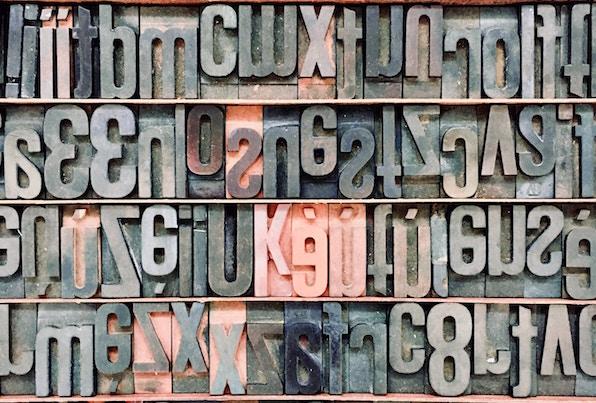5 Best Resume Fonts
Published: Jan 29, 2019

When it comes to choosing which font to use for your resume, less is more. This means you want your content to stand out, not the lettering with which you craft your content. With that in mind, here are five great fonts to consider when putting together your resume.
1. Arial
This sans-serif font was created in 1982. One of its creators, Robin Nicholas, reportedly called it a "bland" and "generic" font, meaning it's perfect for your resume. It's like the gray suit of fonts. It will look just fine, while letting what's in it (what it spells out) shine. You no doubt are very familiar with this font, since it's standard on a lot of Microsoft software and applications.
2. Cambria
If you prefer a serif font to a sans-serif font, give Cambria a look. It was designed (by a Dutch designer) specifically to look sharp on a computer screen, while keeping its elegance on a printed piece of paper. And since chances are your resume will be viewed on a screen, Cambria is a nice choice. Lastly, it should be noted that Cambria was supposedly created to take the place of Times New Roman (the former resume champion that is now considered, by some, to be a tad too formal for a resume, like wearing a three-piece suit to an interview).
3. Calibri
This is another clean sans-serif font, like Arial, but a bit less ubiquitous. Which makes this a fashion-forward choice. Indeed, Calibri is relatively new, as it was only made public in 2007 when it appeared in Microsoft Office. The creation of another Dutch designer, Calibri also looks great when italicized, a benefit when choosing this for your resume, as you will want to ital and bold certain headers and phrases.
4. Georgia
This is another serif font, like Cambria, that was created to look good on a screen (Microsoft created it). A nice feature of Georgia is its bold is very bold, making it really stand out, thus making it great to use for business reports and writings like resumes, where you want headings to catch the eyes of readers. Georgia is another good substitute for Times New Roman, if that used to be your go-to CV font.
5. Helvetica
As far as we know, this is the only font to have been the subject of its own movie. And yes, this font is more than worthy of the honor. It is perhaps the most well known and widely used font in the world (it is the font of American Airlines, American Apparrel, Target, Knoll, and Panasonic, among many other iconic brands). Like Calibri and Arial, it is a sans-serif font; it was created by a Swiss graphic designer in 1957. Helvetica is a great choice for a resume because it's modern yet classic and recognizable yet still projects beauty and symmetry. Think of it as the perfect blue suit of fonts that will last you decades.
